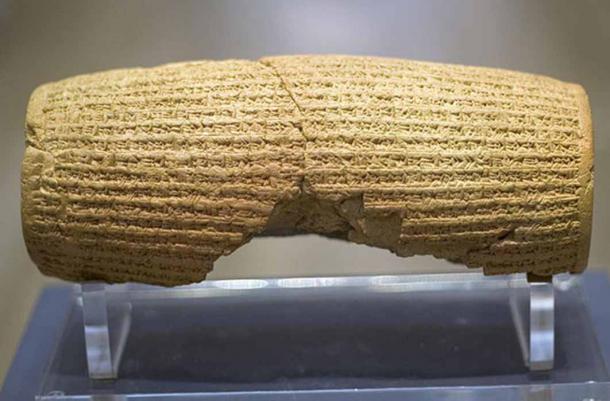
Alexander Of Macedon And His Nemesis Persian Darius III
Ironically, Xenophon’s Cyropaedia, written around 370 BC, a narrative describing the education of the ideal ruler centred on Cyrus the Great founder of the Achaemenid Dynasty, was a great inspiration to Alexander of Macedon who 40 years later, would become the conqueror of that same Persian dynasty, and was bestowed upon the title ‘The Great’.
Historical Overview Of the Achaemenid Dynasty
The Achaemenid Empire was the first and one of the most important Persian empires in the ancient world. This empire was founded around the middle of the sixth century BC by Cyrus II, the Great (559 – 530 BC). In 550 BC, the Medes and the Persians were unified by Cyrus. He expanded westwards, defeating Croesus, the King of Lydia, in 546 BC, thereby adding the western part of Anatolia to his growing empire. To the east, he conquered the Neo-Babylonian Empire in 539 BC and turned it into a Persian province. Cyrus envisioned a multi-cultural state with freedom of ownership, and tolerance of customs and religion, he appointed satraps to rule and he was hailed by those whom he conquered. The Cyrus Cylinder (539 BC) – sometimes referred to as the first Bill of Human Rights, discovered in Babylon in 1879 - described the repatriation of exiled peoples, among them the Israelites who were allowed to return to Jerusalem. Xenophon wrote: “ Cyrus eclipsed all other monarchs, either before him, or since.” Xenophon did not calculate the ambitions of Alexander of Macedon.

The Cyrus Cylinder. ( Creative Commons )
Herodotus’ The Histories (440 BC) is a primary source of information on the early period of the Achaemenid era (648–330 BC) and refers to Zoroastrianism. The Achaemenid rulers were followers of Zoroastrianism, the roots of which are to be found in a common prehistoric Indo-Iranian religious system dating back to the early second millennium BC. Cyrus the Great’s reforms reflect the basic principles of Zoroastrianism of free will and tolerance of religions. The prophet Zoroaster is dated by some scholars to be a seventh – sixth century BC contemporary of Cyrus the Great and Darius the Great. Zoroastrianism exalts an uncreated and benevolent deity of wisdom known as Ahura Mazda as its supreme being.
Like this Preview and want to read on? You can! JOIN US THERE ( with easy, instant access ) and see what you’re missing!! All Premium articles are available in full, with immediate access.
For the price of a cup of coffee, you get this and all the other great benefits at Ancient Origins Premium. And - each time you support AO Premium, you support independent thought and writing.
Dr Micki Pistorius has an Honours Degree in Biblical Archaeology
Top Image: Detail of the Alexander Sarcophagus located in the Istanbul Archaeology Museum. Here Alexander fights the Persians at the Battle of Issus. (CC BY-SA 2.5)
By: Micki Pistorius















